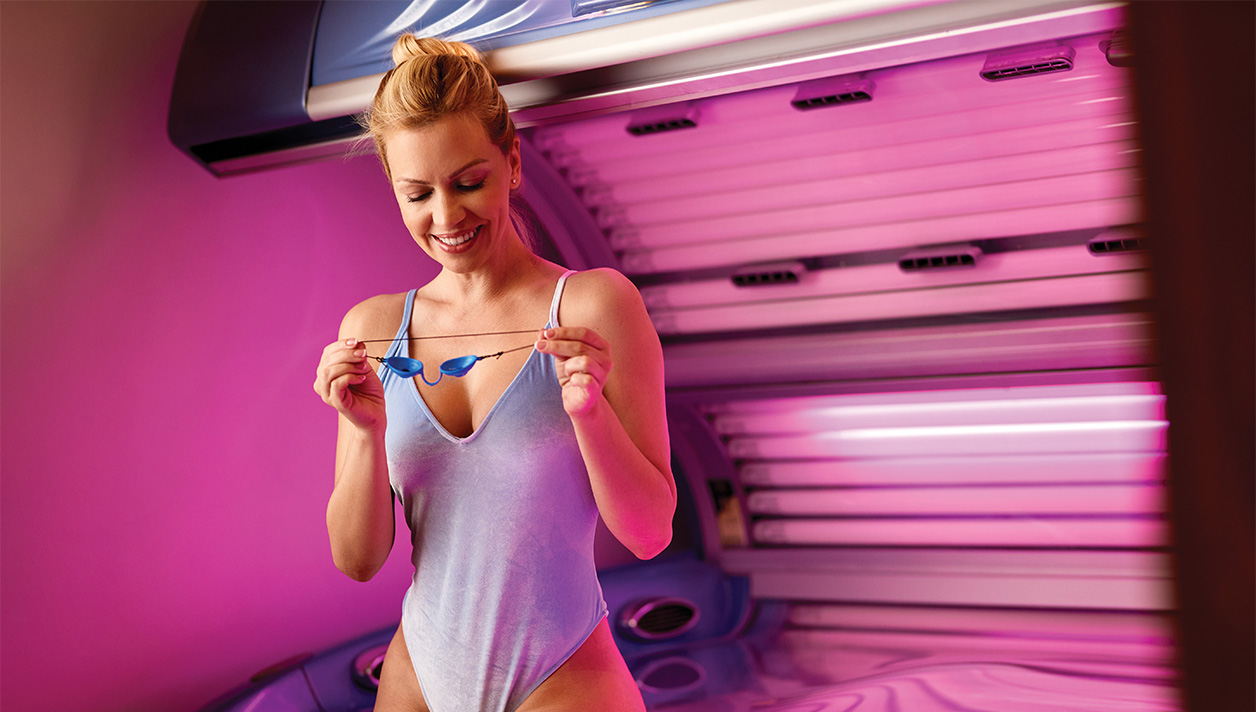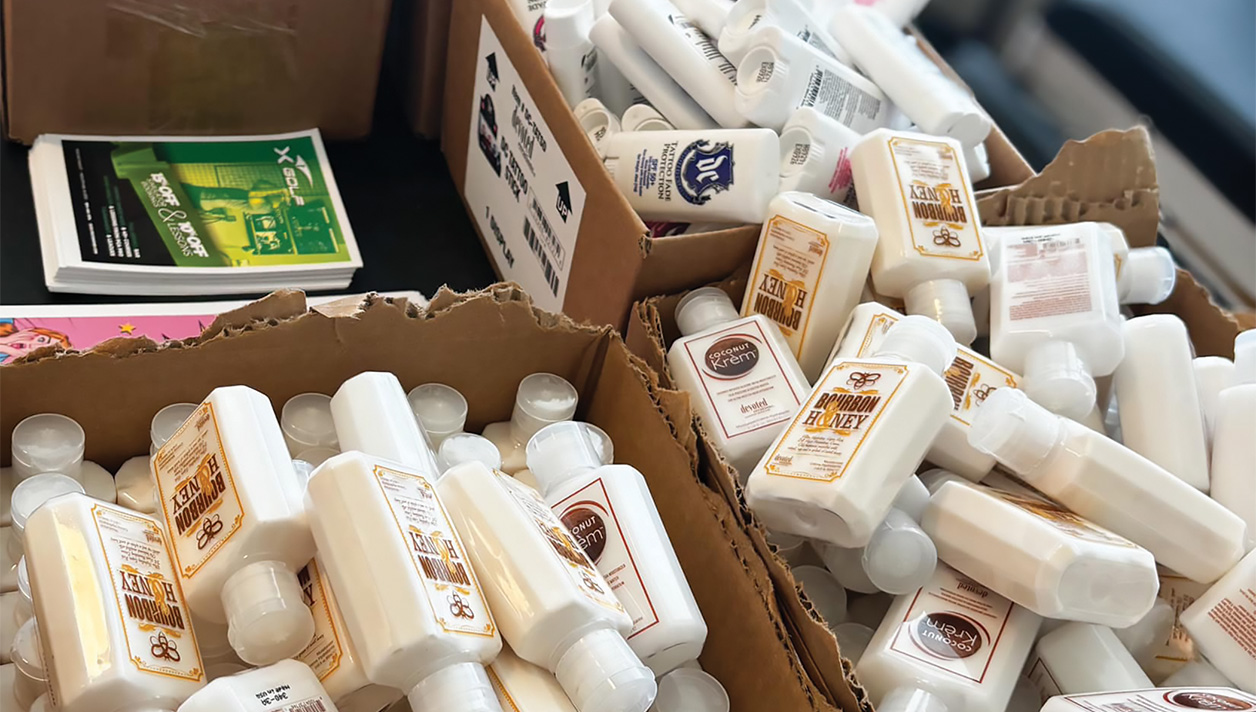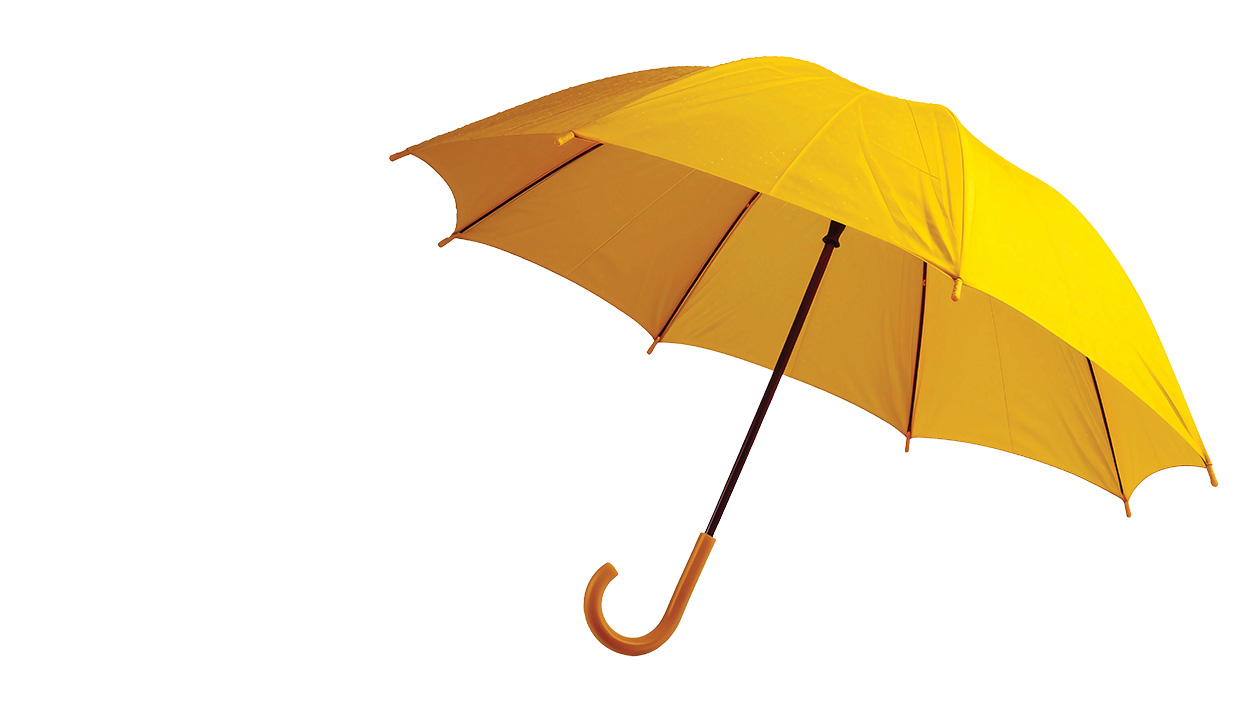What is the difference between a 10-, 20- and 30-minute sunlamp? What would happen if you put a 10-minute lamp in a 20-minute tanning system?
Perhaps a better question is, “What is the difference between a 10-, 20- and 30-minute tanning bed?”
An indoor tanning lamp’s performance is directly related to the equipment in which it is installed. The same lamp employed in various models of equipment may result in different exposure schedules. Factors such as the transmissive quality of the acrylic shield, the distance of the lamps from the tanner, the ballasts used, bed geometry, electrical current / voltage, number of lamps and the distance between them, and the effectiveness of the tanning unit’s reflector system all influence what the session time and maximum timer interval will be.
Using a “standard” or “typical” sunbed for evaluation, a lamp manufacturer can estimate the TE (exposure time) for each lamp model. When consistently applied, this method can give you a pretty good idea of what to expect in your particular salon application. Given the same sunbed, a “10-minute” lamp will deliver twice the erythemal (“pinkening”) effectiveness of a “20-minute” lamp. This is usually accomplished by increasing the UVB (280-320nm) and UVA2 (320-340nm) output at the expense of UVA1 (340-400nm). Higher-wavelength UVB and UVA2 are most closely associated with photoaging (wrinkles), vitamin D synthesis, melanin formation and some pigment darkening. UVA1 penetrates the skin further and contributes to robust pigment darkening and longer-lasting tans.
To answer the second part of the question, all tanning units, regardless of timer interval or lamp type may produce a maximum of four (4) MEDs (minimal erythemal dose) during any session. MED refers to the least amount of UV radiation a person can receive which induces a distinct erythema (“pinkening”) of the skin within 7-24 hours following exposure.
Always replace a tanning system’s lamps with the product that is listed on the unit’s label, or with an FDA compatible alternative. A compatible replacement lamp should not change the sunbed’s exposure schedule by more than +/- 10%. Therefore, a compatible replacement lamp for a 20-minute bed should have a TE in the 18-22-minute range (10% of 20 minutes is +/- 2 minutes). Therefore, a “10-minute” lamp employed in a 20-minute bed would change the exposure schedule by more than +/- 2 minutes and would overexpose a tanner unless the session time was reduced. We would recommend against using a non-compatible replacement lamp in your equipment.
Remember to use a hand-held UV meter to monitor your lamp’s depreciation and replace when the output drops 30% from initial readings.
Visit wolfsystem.com for detailed technical information on all our lamps including the TE and UV Flux, plus updated lamp product compatibilities.




























